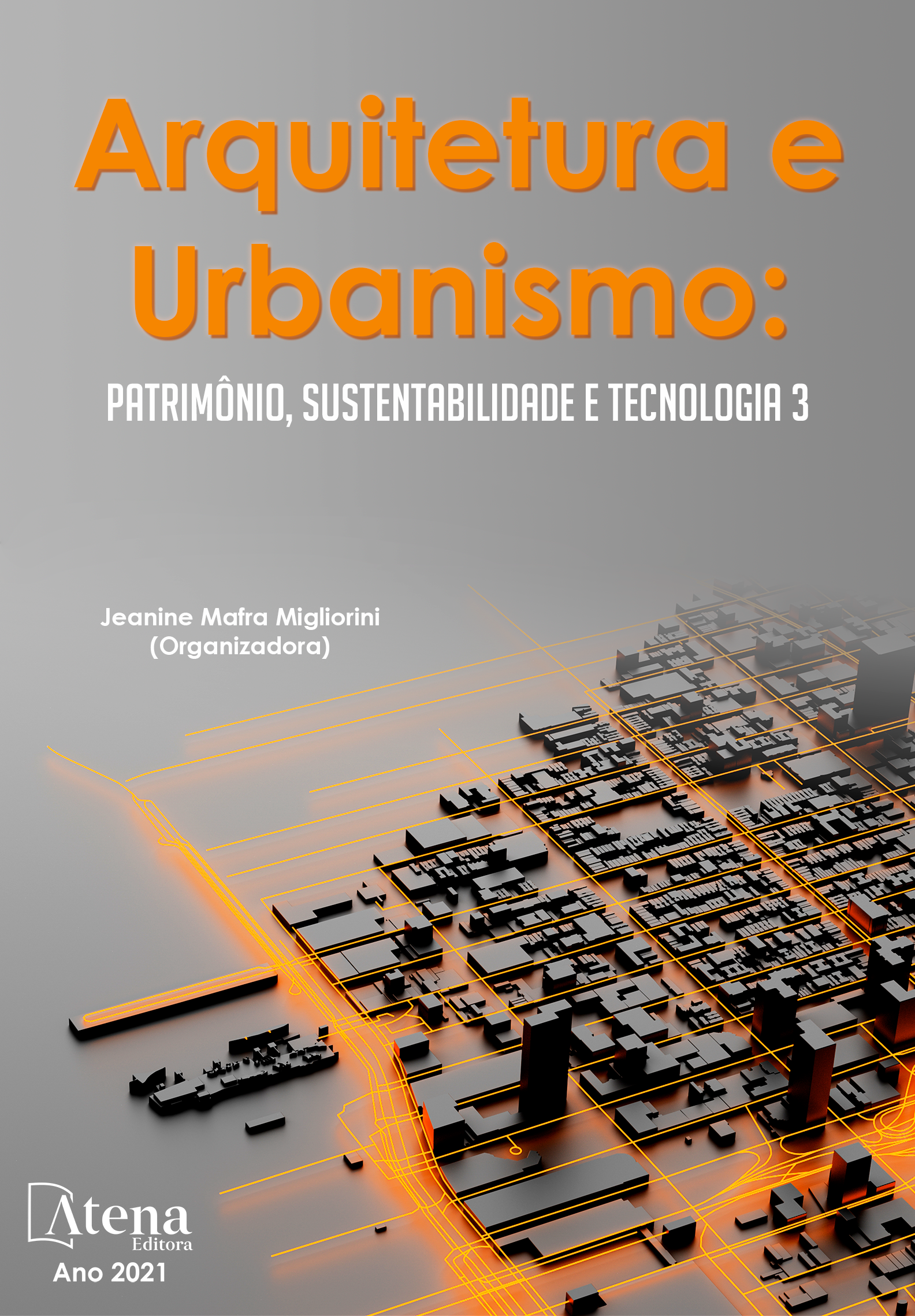
CONDOMÍNIOS HORIZONTAIS FECHADOS E OCUPAÇÃO DA REGIÃO SUL DE LONDRINA-PR: RELAÇÃO RURURBANA E A NATUREZA COMO VALORIZAÇÃO FUNDIÁRIA
O presente trabalho discorre sobre a ocupação territorial e cursos d’água de Londrina-PR, avaliando como os discursos contemporâneos de valorização da natureza e a expansão urbana dissolvem limites entre áreas urbanizadas, naturais e rurais. Em específico, o estudo refere-se à bacia do Ribeirão Esperança, tido como terceiro momento de expansão e crescimento urbanos, em que foi possível indicar diferenças e heterogeneidades da paisagem urbana nas últimas décadas. Entre as características tem-se a implantação da Universidade Estadual de Londrina (1972) e do Catuaí Shopping Center (1990), ocupações espontâneas legalizadas pela prefeitura municipal, e o incentivo à verticalização das quadras próximas ao Lago Igapó, revelando um processo de ocupação mais da porção norte da microbacia do Ribeirão Esperança desde a década de 1970. A implantação de elementos característicos de cidades contemporâneas revela traços de metrópoles, tais como: os shopping centers e os condomínios residenciais fechados de alto padrão e edifícios de múltiplos pavimentos com usos residenciais e mistos. Forma-se um tecido urbano complexo em meio a vastas áreas de soja e trigo, que emolduram os cursos d’água. Diferentemente das ocupações anteriores, os corpos d’água são importantes componentes da estrutura destes novos loteamentos, muitas vezes voltados para a especulação imobiliária. Tem-se por objetivo compreender os fenômenos determinantes e condicionantes da organização socioespacial, mediante a relação cidade e corpos d’água. Os mapas temáticos analíticos vinculados aos elementos reguladores propostos por Panerai (2006) permitiu aprofundar a discussão, visando identificar as fases de crescimento, expansão e adensamento da área analisada[1] para caracterizar esse terceiro momento de expansão urbana.
[1] Esse artigo apresenta parte das discussões e análises desenvolvidas na dissertação de Mestrado pelo programa de Pós-Graduação em Geografia pela Universidade Estadual de Londrina “Rugosidades Urbanas em Londrina: descompassos socioambientais na apropriação dos corpos d’água” (2010), sob orientação da Professora Doutora Yoshiya Nakagawara Ferreira.
CONDOMÍNIOS HORIZONTAIS FECHADOS E OCUPAÇÃO DA REGIÃO SUL DE LONDRINA-PR: RELAÇÃO RURURBANA E A NATUREZA COMO VALORIZAÇÃO FUNDIÁRIA
-
DOI: https://doi.org/10.22533/at.ed.12221160719
-
Palavras-chave: Londrina, microbacias urbanas, ocupação territorial, dinâmica urbana.
-
Keywords: Londrina, urban watersheds, territorial occupation, urban dynamics.
-
Abstract:
The present work discusses the territorial occupation and watercourses of Londrina-PR, evaluating how contemporary discourses of valuing nature and urban expansion dissolve boundaries between urbanized, natural and rural areas. In particular, the study refers to the Ribeirão Esperança basin, considered as the third moment of urban expansion and growth, in which it was possible to indicate differences and heterogeneities of the urban landscape in recent decades. Among the characteristics is the implementation of the State University of Londrina (1972) and the Catuaí Shopping Center (1990), spontaneous occupations legalized and the incentive to verticalize squares near Lake Igapó, revealing a process of occupation more of the northern part of the watershed of Ribeirão Esperança since the 1970s. The implementation of characteristic elements of contemporary cities reveals traces of metropolises, such as: shopping centers and gated communities and buildings residential or mixed uses. A complex urban fabric is formed amid vast areas of soybean and wheat, which frame the watercourses. Unlike previous occupations, water bodies are important components of the structure of these new allotments, often focused on real estate speculation. The objective is to understand the determining and conditioning phenomena of the socio-spatial organization, through the relationship between city and watercourses. The thematic analytical maps linked to the regulatory elements proposed by Panerai (2006) allowed to deepen the discussion, aiming to identify the phases of growth, expansion, and density of the analyzed area to characterize this third moment of urban expansion.
Keywords: Londrina, urban watersheds, territorial occupation, urban dynamics.
-
Número de páginas: 17
- Sandra Catharinne Pantaleão Resende


